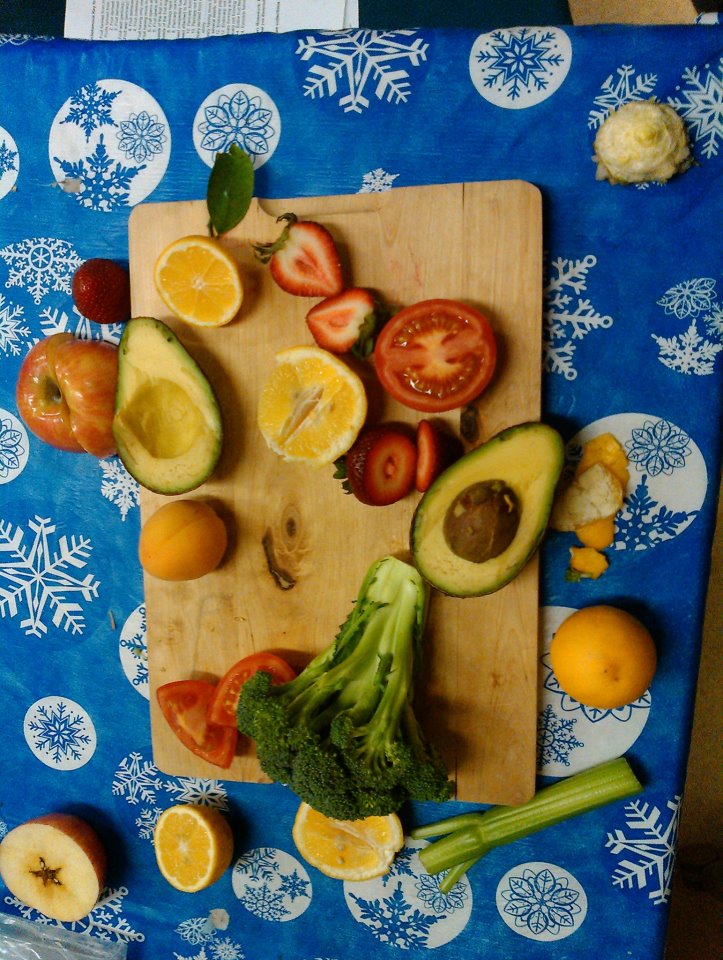Incredible Edible Botany Lab
A great introductory botany lab simply dissects and identifies food. This "lab" can be done any where it is safe to handle food and is fun for all ages. It also makes for a really unique and healthy way to serve hors d'oeuvre at a dinner party.

For a school setting, it is a fun way to learn about everyday plants. For younger audiences, please ensure the teacher/parent/grown-up is the only one handling the knife! Don't forget to wash fruits and vegetables with clean water before dissection.
Here's a list of my go-to plants:
| Fruits | Roots | Flowers | Leaves | |
|---|---|---|---|---|
|
|
|
|
|
There are many resources online for botanical terms and fruit keys, but I have couple of favorites (especially parts). Subsetting the list is a must, based on seasonal availability, prices and any allergy concerns, but try to keep in key comparisons such as:
Dry Bean (kidney, black, lima, etc) vs Wet Bean (green bean, snap peas, english sweet peas, etc)
Real Root (carrot, parsnip, sweet potato) vs underground Stem (potato, ginger)
"Normal" Leaf (spinach, lettuce, kale, etc) vs "Modified" Leaf (celery, garlic, onion)
"Normal" Flower (roses, squash blossoms, etc) vs Buds (brocoli, cauliflower)